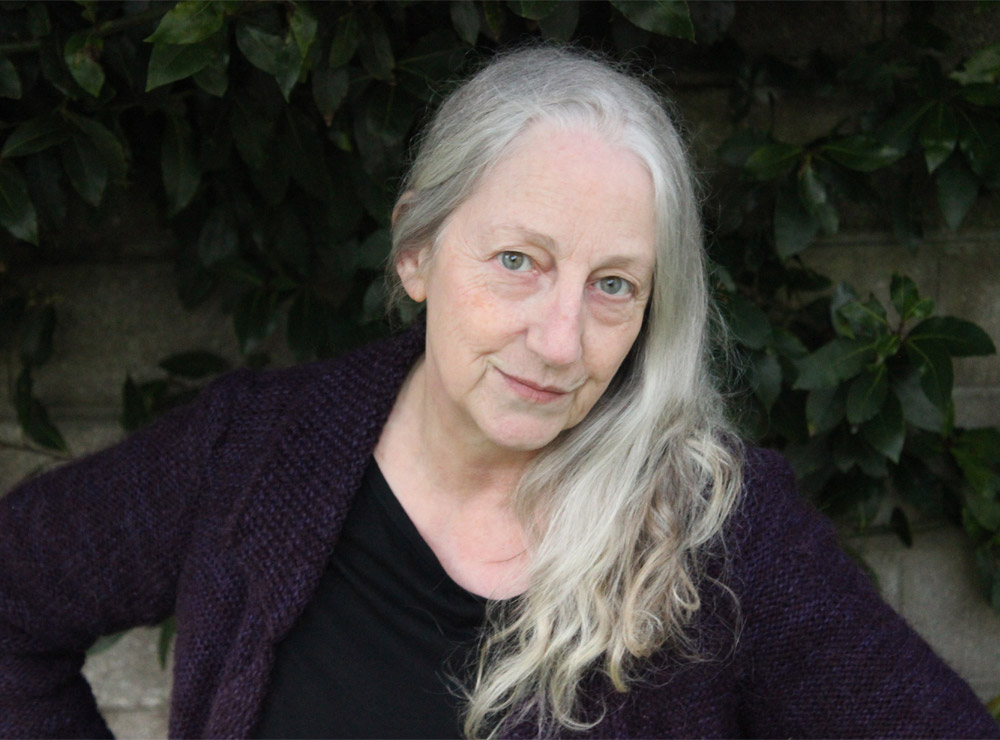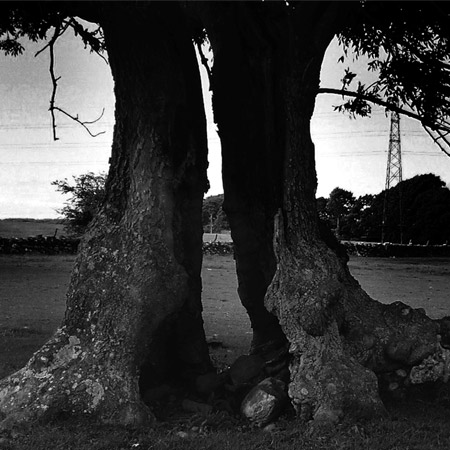Related Writers
Literature organisations
Discover more
Connections

Commissions
Crossing Borders Commission
By Raymond Antrobus

News
Exploring the showcase
What is the ILS and who is it for?

Literature, Live
Malorie Blackman at London Literature Festival
Recorded at the Southbank Centre

News
Olivia Laing Twitter Q&A
Read the full transcript



